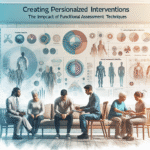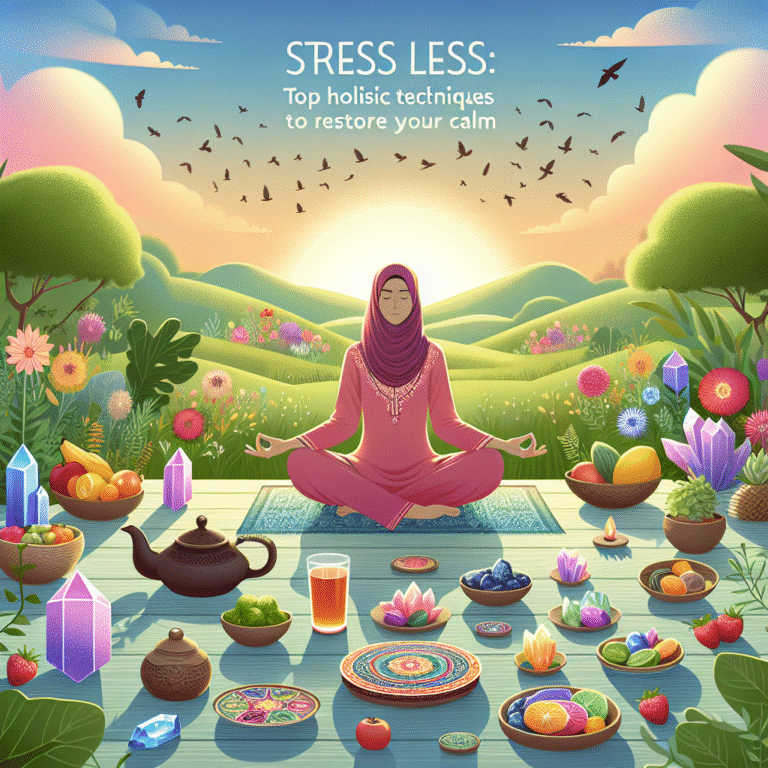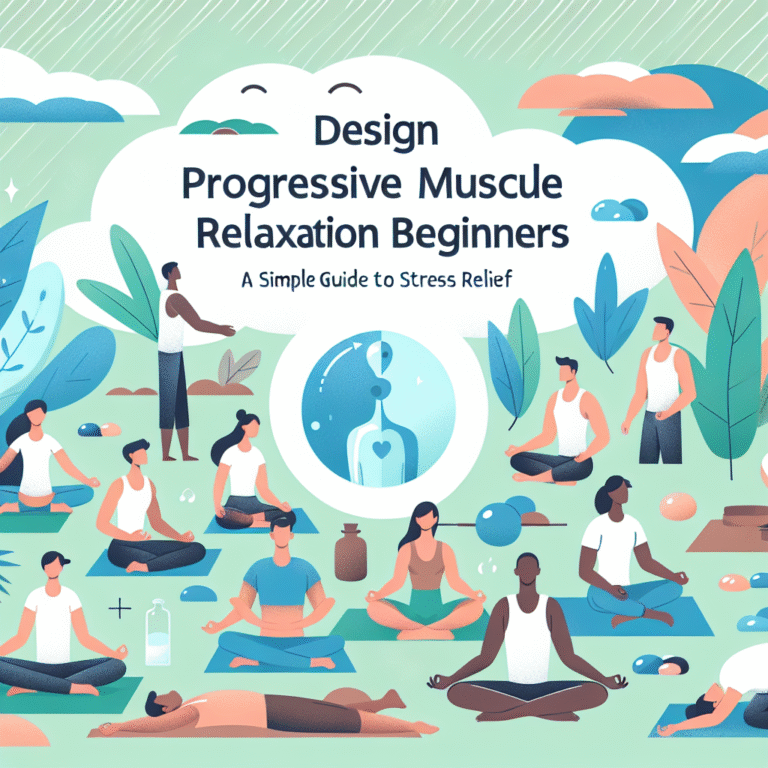
From Sleep to Exploration: Essential Techniques for Lucid Dreaming
Introduction
Imagine soaring through ethereal landscapes, conjuring fantastical creatures, or even confronting your deepest fears—all within the realm of your dreams. Lucid dreaming, the phenomenon where the dreamer becomes aware that they are dreaming and can exert control over their dreams, is no longer just confined to the realm of fantasy. For individuals seeking profound experiences, personal growth, or simply greater enjoyment in their sleep, lucid dreaming offers a fascinating gateway to exploration. This article, From Sleep to Exploration: Beginner-Friendly Techniques for Lucid Dreaming, will not only introduce you to the art of lucid dreaming but also provide effective, evidence-based techniques that anyone can adopt—regardless of experience.
The Gravity of Lucid Dreaming
Lucid dreaming is an extraordinary mental state where the lines between reality and imagination blur. Consider how beneficial it could be: harnessing your subconscious creatively, gaining insight into daily challenges, or even enhancing your problem-solving abilities—all while tucked away in your cozy bed. According to a study in the Journal of Mental Health, 55% of people report having a lucid dream at least once in their lifetime. Yet, harnessing this ability often remains an unexplored treasure trove, especially for beginners.
Why does this matter? Because transitioning from mere sleep to exploration holds the potential for both self-discovery and joy. As we dive deep into From Sleep to Exploration: Beginner-Friendly Techniques for Lucid Dreaming, we will explore practical approaches to making your dream life more vibrant and meaningful.
Understanding Lucid Dreaming
What is Lucid Dreaming?
Lucid dreaming occurs during the REM (Rapid Eye Movement) stage of sleep, a period characterized by heightened brain activity that resembles wakefulness. In a lucid dream, you may realize that what you’re experiencing isn’t real—it’s a dream! This awareness allows for a degree of control; you can choose to fly, meet long-lost friends, or even rewrite a troubling scenario.
The Benefits of Lucid Dreaming
-
Creativity Boost: Many artists, writers, and inventors tap into their dreams for inspiration. Salvador Dalí famously used the state of lucid dreaming to solve artistic dilemmas and conjure groundbreaking ideas.
-
Skill Improvement: Practicing skills within a dream can enhance physical abilities. For example, athletes have reported improved performance after visualizing their techniques in dreams.
-
Emotional Healing: Facing fears or unresolved issues can be less daunting in a dream state. This therapeutic aspect has been beneficial for individuals dealing with trauma or anxiety.
- Fun and Adventure: Simply put, lucid dreaming can be an exhilarating experience that allows for unlimited exploration.
Getting Started with Lucid Dreaming
The Reality Check Technique
One of the most beginner-friendly techniques for initiating lucid dreaming is the reality check. This practice involves regularly questioning whether you are awake or dreaming throughout the day. Here’s how to implement it:
| Reality Check Method | Description |
|---|---|
| Pinching Your Nose | Pinch your nose closed and try to breathe through it. If you can still breathe, you are dreaming! |
| Reading Text | Read a sentence, look away, and then read it again. If the text changes, you are likely dreaming. |
| Clock Reading | Check a clock; if the time changes drastically between glances, you might be in a dream. |
Keeping a Dream Journal
A dream journal is an essential tool in From Sleep to Exploration: Beginner-Friendly Techniques for Lucid Dreaming. As part of this technique, keep a notebook or an app next to your bed, and document your dreams immediately upon waking. This practice not only aids in remembering dreams but also helps you identify patterns that can lead to lucidity.
Wake Back to Bed (WBTB) Method
The WBTB technique is another effective approach for beginners. Here’s how it works:
- Set an Alarm: Wake up after 5-6 hours of sleep.
- Stay Awake Briefly: Remain awake for 20-30 minutes, engaging with lucid dreaming resources (like reading or meditating).
- Go Back to Sleep: Return to sleep with the intention of becoming lucid.
Mnemonic Induction of Lucid Dreams (MILD)
Developed by Dr. Stephen LaBerge, the MILD technique emphasizes intention-setting. Before falling asleep, repeat a mantra or affirmation such as “I will know I’m dreaming” to instill a sense of awareness.
Case Study: Lieve’s Transformation
Lieve, a 28-year-old artist, had always been fascinated by dreams but struggled with nightmares. By keeping a dream journal and employing the reality check technique, Lieve reported her first lucid dream within just two weeks. “I was able to confront the monster in my nightmare, and it transformed into a beautiful creature,” she recalls. This experience not only allowed her to overcome fear but also inspired a series of paintings that reflected her dreams.
Visualization Techniques
Visualization is a powerful technique that can enhance your lucid dreaming practice. During the day, spend time visualizing what you’d like to dream about. Imagine scenarios in detail—this could be flying over mountains, solving a mystery, or attending a gala in a glamorous setting.
Enhancing Your Dream Skills
Dream Herbal Supplements
Certain natural supplements, like Galantamine and Mugwort, have shown potential in enhancing lucid dreaming experiences. These supplements may amplify REM sleep or affect the neurotransmitters involved in dreaming, making them a helpful addition for beginner lucid dreamers.
| Herb | Potential Benefits |
|---|---|
| Galantamine | Increases vividness and awareness during dreams. |
| Mugwort | Known for inducing lucid dreams and improving dream recall. |
Mindfulness and Meditation
Regular mindfulness practice during the day can significantly impact your ability to dream lucidly at night. By becoming more aware of your thoughts and surroundings, you build a greater sense of awareness that can carry over into your dreaming state.
Building a Supportive Environment
Creating an optimal sleeping environment is crucial for achieving lucid dreams. Here are some tips to help:
- Comfortable Mattress and Pillow: Invest in quality bedding to enhance sleep quality.
- Reduced Light Exposure: Keep the sleeping area dark to promote uninterrupted sleep cycles.
- Calm Atmosphere: Use calming sounds or scents (like lavender) to create a relaxing environment conducive to deep sleep.
Troubleshooting Common Challenges
Difficulty Remembering Dreams
If you find clarity lacking in dream recall, ensure you’re regularly engaging in your dream journal. Upon waking, lie still for a few moments to let the dreams come back to you before reaching for the journal.
Inconsistent Lucidity
It’s natural for lucidity to vary. Some may experience frequent lucid dreams, while others may only have sporadic occurrences. Stay patient and persistent with your techniques.
Nightmares and Anxiety
If nightmares plague your nights, consider addressing underlying fears during your waking hours. Utilize lucid dreaming to confront and reframe those fears.
Case Study: Eric’s Journey
Eric, a student, suffered from recurrent nightmares related to academic stress. Implementing the WBTB method and MILD technique, he learned to flip his terrifying dreams into empowering scenarios where he excelled in his studies. After a few months, he reported fewer nightmares and significantly increased confidence during waking hours.
Staying Motivated
It can be easy to feel frustrated when results don’t appear as quickly as hoped. To combat this, set small, achievable goals. Celebrate each step, whether it’s recalling a dream or achieving a moment of lucidity.
Conclusion: Your Journey Awaits
Lucid dreaming presents an unparalleled opportunity to explore the depths of your imagination, gain personal insights, and transform how you engage with your subconscious. By embracing the methods outlined in From Sleep to Exploration: Beginner-Friendly Techniques for Lucid Dreaming, you can embark on a thrilling adventure every time you close your eyes.
Remember to stay patient, persist in your practice, and, most importantly, enjoy the remarkable journey from sleep to exploration. The world of lucid dreaming awaits you—dare to take the plunge and watch as your dreams blossom into transformative experiences.
FAQs
1. Is lucid dreaming safe?
Lucid dreaming is generally considered safe for most individuals. However, if you have a history of sleep disorders or mental health issues, it’s best to consult a healthcare professional before engaging in lucid dreaming techniques.
2. Can anyone learn to lucid dream?
Yes! With practice and commitment, most individuals can learn to lucid dream. Techniques like reality checks and dream journaling can facilitate this process.
3. How long does it take to achieve lucidity?
The time required may vary significantly from person to person. Some may achieve lucidity within days, while others may take weeks or months, depending on their practice and techniques used.
4. What if I can’t recall my dreams?
Improving dream recall can take time. Engage regularly in dream journaling, practice good sleep hygiene, and focus your thoughts on remembering your dreams upon waking.
5. Can lucid dreaming help with nightmares?
Absolutely! Lucid dreaming allows you to confront and alter the narrative of nightmares, making it an effective technique for those struggling with recurring bad dreams.
Final Note
Start your journey today with the beginner-friendly techniques outlined in this guide. As you venture from sleep to exploration, be open to the vast world waiting for you in your dreams. Happy dreaming!
















